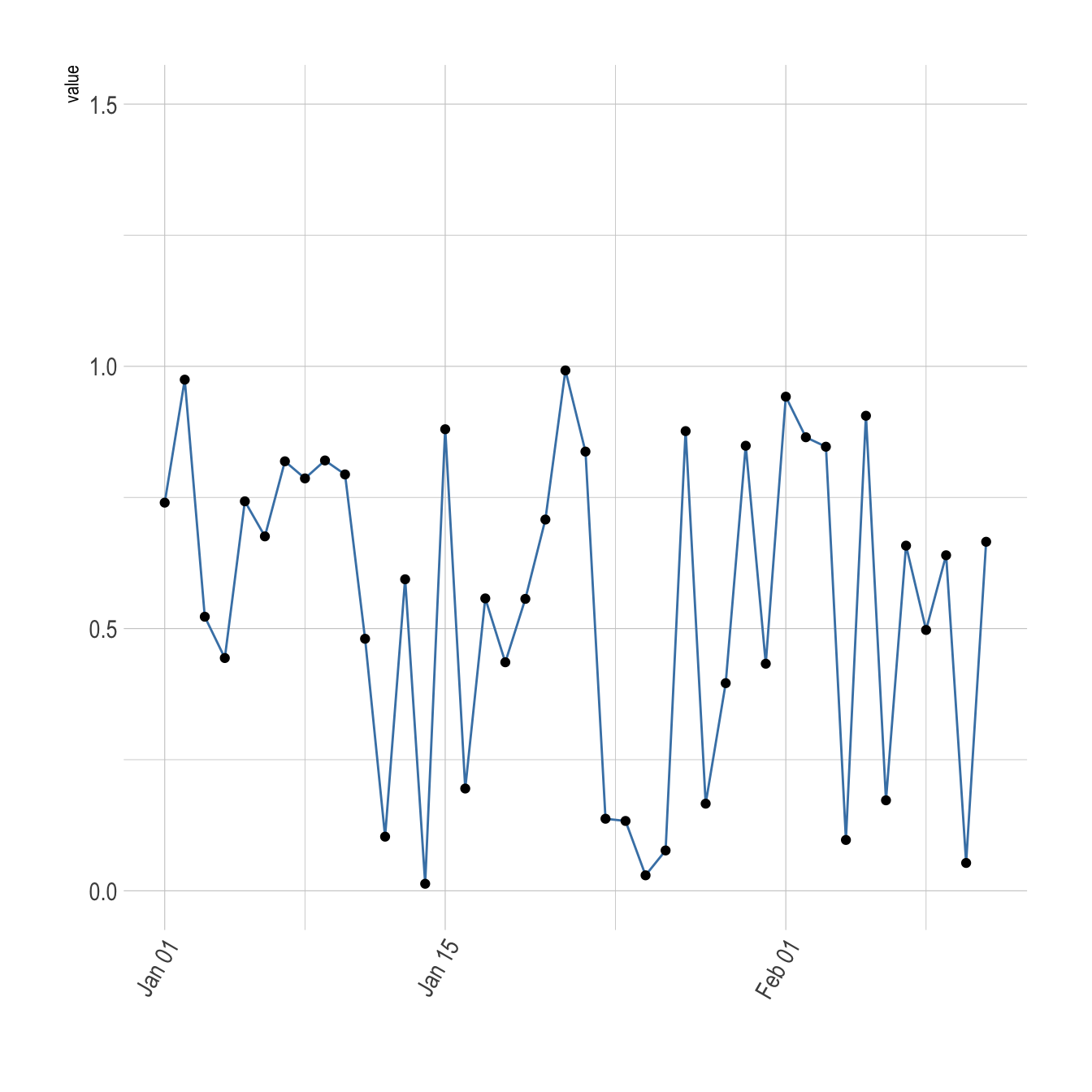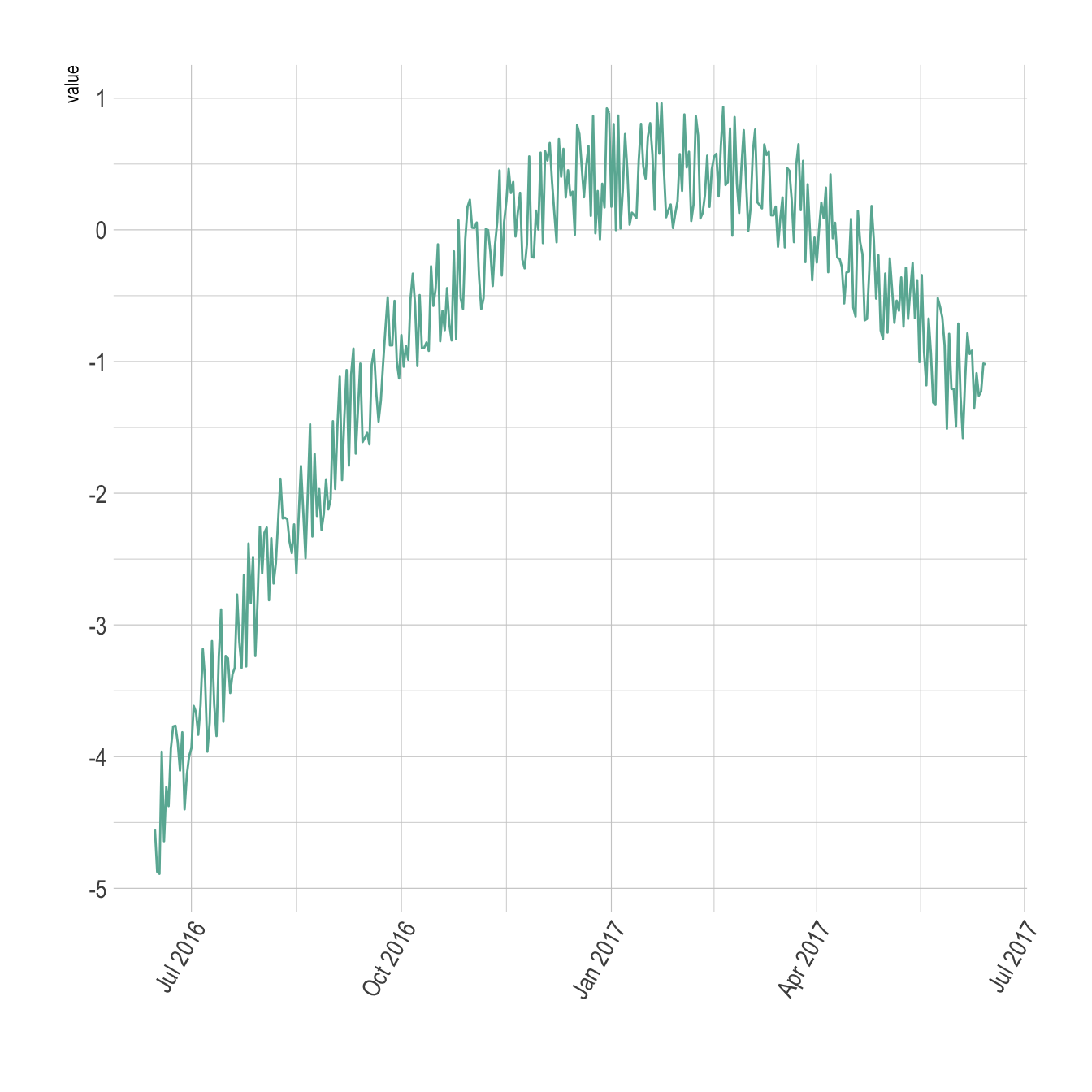 ARIMA
ARIMA
Autoregressive Integrated Moving Average (ARIMA)
The Autoregressive Integrated Moving Average (ARIMA) method models the next step in the sequence as a linear function of the differenced observations and residual errors at prior time steps. It combines both Autoregression (AR) and Moving Average (MA) models as well as a differencing pre-processing step of the sequence to make the sequence stationary, called integration (I).














